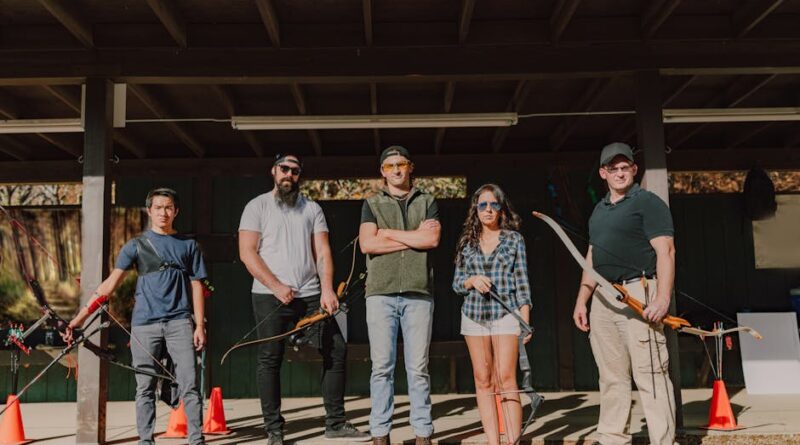Exploring Traditional Archery Techniques: A Deep Dive into the Art of Bowmanship
Archery, an ancient practice dating back thousands of years, has evolved significantly over time. From its origins as a survival skill and hunting method to a competitive sport and recreational activity, archery has captured the imaginations of people worldwide. Traditional archery, in particular, holds a special place in the hearts of enthusiasts who appreciate the simplicity, elegance, and heritage of this timeless art form. In this comprehensive guide, we will delve into the world of traditional archery techniques, exploring its history, methods, and unique characteristics that set it apart from modern archery practices.
The Historical Roots of Traditional Archery
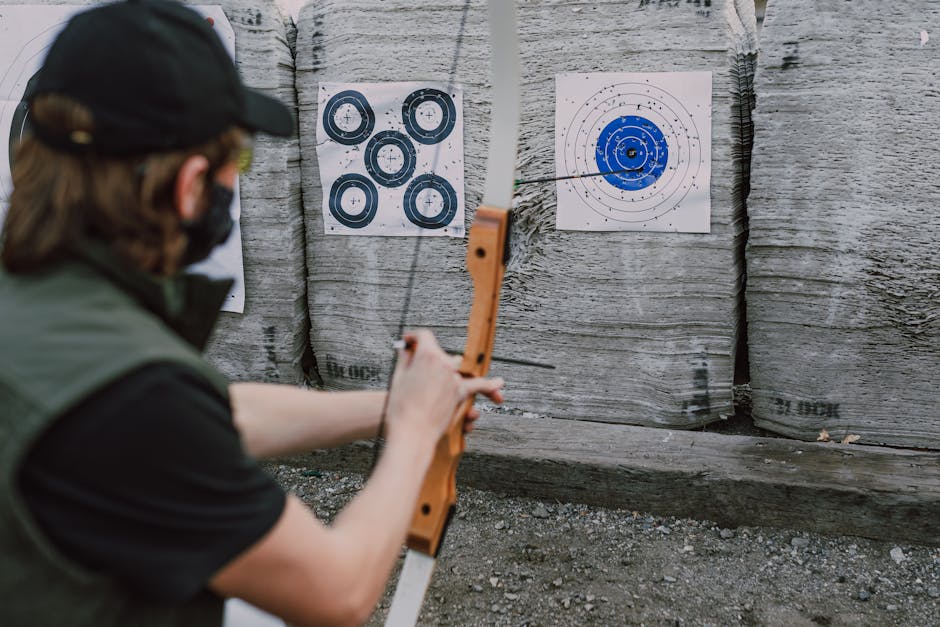
Traditional archery techniques have deep historical roots that span across various cultures and civilizations. From the legendary English longbowmen at the Battle of Agincourt to the skilled horseback archers of the Mongol Empire, traditional archery has played a pivotal role in shaping the course of history. Ancient civilizations such as the Egyptians, Greeks, and Chinese all developed their own unique styles of archery, each with its own set of techniques and equipment.
One of the most iconic symbols of traditional archery is the longbow, a simple yet powerful weapon that has been used for centuries. Made from a single piece of wood, the longbow requires great strength and skill to wield effectively. The art of crafting a longbow is a time-honored tradition that has been passed down through generations, with master bowyers meticulously selecting the right materials and shaping them with precision.
The Basic Principles of Traditional Archery
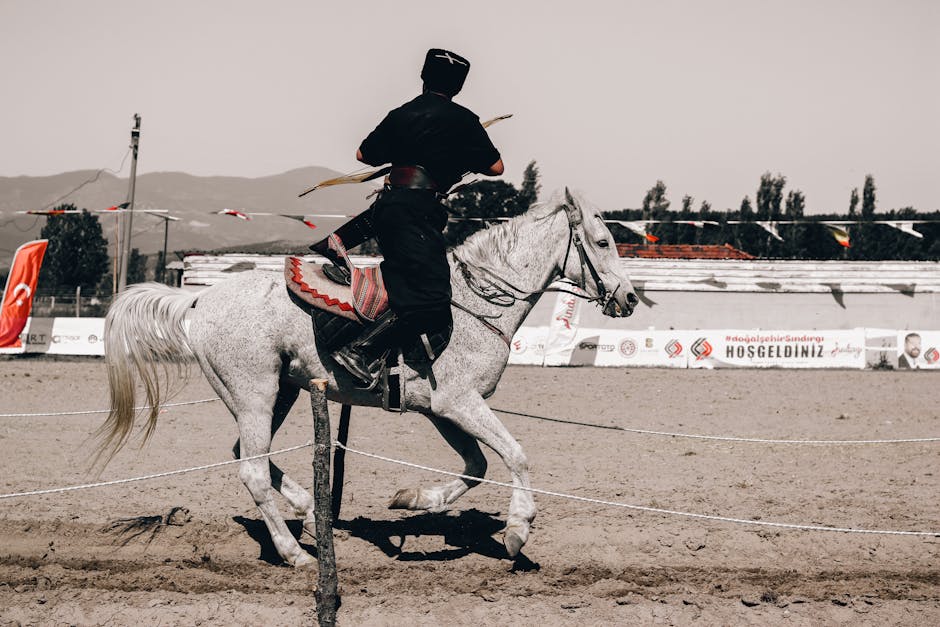
At the core of traditional archery lies a set of fundamental principles that govern the art of bowmanship. These principles emphasize the importance of proper form, technique, and mental focus in achieving accuracy and consistency in shooting. Unlike modern archery, which often relies on high-tech equipment and accessories, traditional archery places a greater emphasis on the skill and prowess of the archer.
One of the key principles of traditional archery is instinctive shooting, a technique that relies on the archer’s intuition and muscle memory to aim and release the arrow. Instead of using sights or other aiming devices, instinctive shooters learn to rely on their instincts and feel for proper alignment. This requires hours of practice and honing of skills to develop a keen sense of timing and coordination.
Another important aspect of traditional archery is the use of traditional archery equipment such as wooden arrows, feather fletching, and leather finger tabs. These traditional tools not only enhance the aesthetic appeal of the sport but also require a deeper connection between the archer and the equipment. The process of selecting, crafting, and maintaining traditional archery gear is considered an essential part of the archer’s journey.
The Art of Traditional Archery Techniques
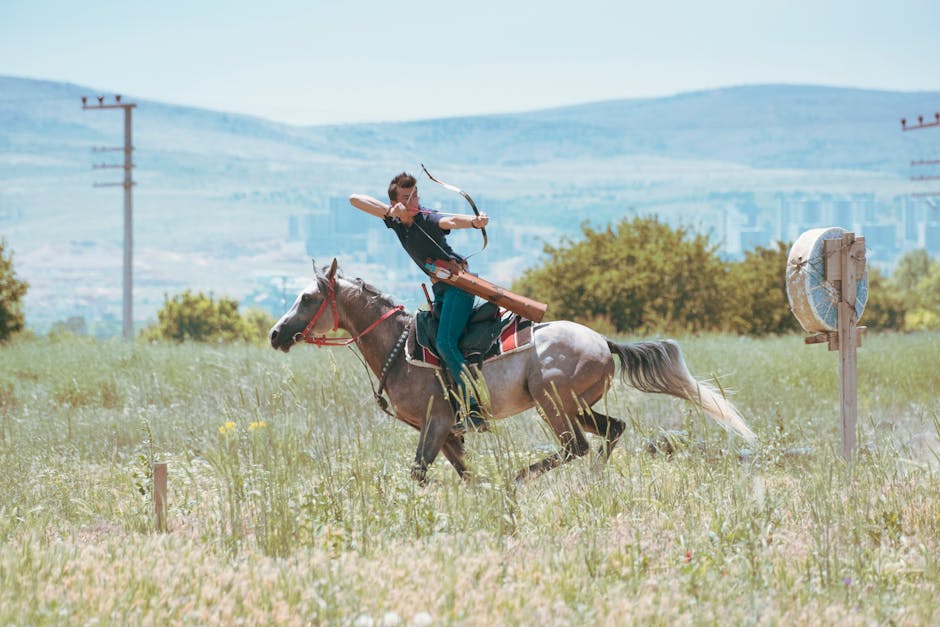
Mastering traditional archery techniques requires dedication, patience, and a deep understanding of the art form. From stance and posture to draw and release, each aspect of shooting a bow demands precision and finesse. Traditional archers often spend years perfecting their technique, striving for a seamless flow of movements that result in a smooth and accurate shot.
Stance and Posture
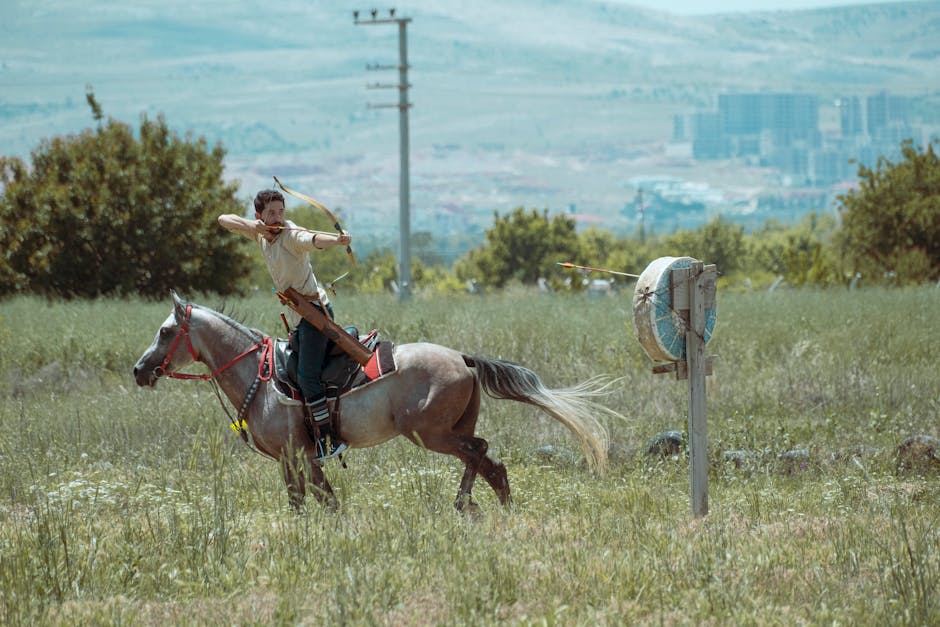
The foundation of a good shot in traditional archery begins with the archer’s stance and posture. A proper stance provides stability and balance, allowing the archer to maintain control and consistency in their shots. Traditional archers typically stand with their feet shoulder-width apart, perpendicular to the target, with their body slightly angled to the side. This positioning enables the archer to draw the bowstring back smoothly and align their body for an accurate shot.
Draw and Anchor
Once the archer assumes the correct stance, the next step is to draw the bowstring back to full draw. Traditional archers use a variety of techniques to draw the bow, including the Mediterranean draw, the three-finger draw, and the split-finger draw. Each method has its own advantages and challenges, requiring the archer to find the draw style that works best for them.
After drawing the bowstring, the archer must anchor their hand and the bowstring at a consistent point on their face. This anchor point serves as a reference for alignment and aiming, ensuring that each shot is consistent and accurate. Traditional archers often anchor the bowstring at the corner of their mouth or under their chin, depending on their shooting style and preference.
Aim and Release
With the bowstring drawn and anchored, the archer must focus on aiming at the target. Traditional archers often use a process called gap shooting, where they estimate the distance to the target and adjust their aim accordingly. This method requires a keen eye and a sense of distance to make accurate shots at varying ranges.
Once the archer has aligned their shot and aimed at the target, the final step is to release the arrow. The release is a critical moment in the shooting process, requiring the archer to maintain a steady hand and a smooth follow-through. Proper release technique ensures that the arrow flies straight and true, hitting the target with precision.
Training and Practice in Traditional Archery
Mastering traditional archery techniques is a lifelong journey that requires dedication and commitment. Training and practice play a crucial role in developing the skills and muscle memory needed to become a proficient archer. Traditional archers often engage in a variety of training exercises and drills to improve their form, accuracy, and consistency.
One common training method used by traditional archers is blank bale shooting, where the archer shoots at a blank target or bale without any distractions. This exercise allows the archer to focus on their form and technique without worrying about hitting a specific target. Blank bale shooting helps archers develop a smooth and consistent shot cycle, leading to better accuracy in the long run.
In addition to blank bale shooting, traditional archers also practice shooting at various distances to improve their aim and distance judgment. By shooting at different ranges and elevations, archers can refine their skills and adapt to different shooting conditions. Regular practice and repetition are essential in building muscle memory and honing the skills needed to excel in traditional archery.
Common Misconceptions About Traditional Archery
Despite its rich history and cultural significance, traditional archery is often plagued by misconceptions and stereotypes. One common misconception is that traditional archery is outdated or inferior to modern archery practices. In reality, traditional archery offers a unique and challenging experience that appeals to archers of all skill levels.
Another misconception is that traditional archery is only practiced by a small and niche community. While traditional archery may not have the same level of mainstream popularity as modern archery, it has a dedicated following of enthusiasts who appreciate the artistry and tradition of the sport. Traditional archery clubs and organizations exist worldwide, providing opportunities for archers to connect, compete, and share their passion for the sport.
Conclusion: Embracing the Art of Traditional Archery
Traditional archery techniques embody a timeless art form that celebrates skill, precision, and connection to the past. As we have explored in this guide, traditional archery offers a unique and rewarding experience for archers seeking to challenge themselves and connect with a rich cultural heritage. Whether you are a seasoned archer or a newcomer to the sport, traditional archery techniques provide a pathway to personal growth, self-discovery, and mastery of a time-honored craft. So, pick up your bow, take aim, and let the arrow flyembrace the art of traditional archery and discover the joy of bowmanship.
To wrap things up, traditional archery techniques offer a window into the past while providing a path to personal growth and mastery in the present. By honing your skills, embracing the traditions of the past, and engaging with a global community of archers, you can embark on a journey of discovery and self-improvement that transcends time and boundaries. So, let your arrow fly true and your spirit soartraditional archery awaits, ready to challenge, inspire, and fulfill your archery dreams.

